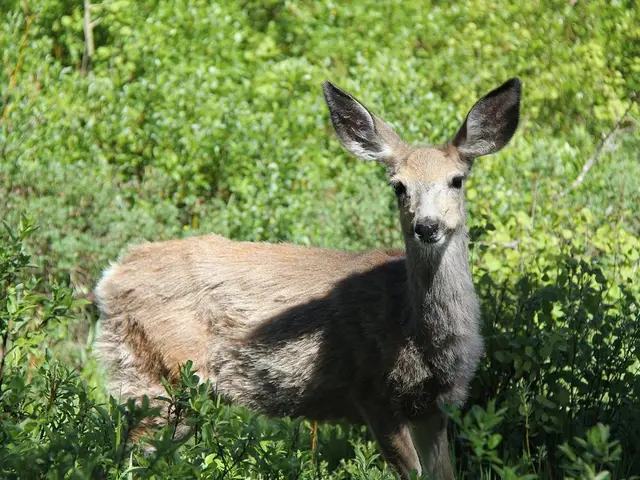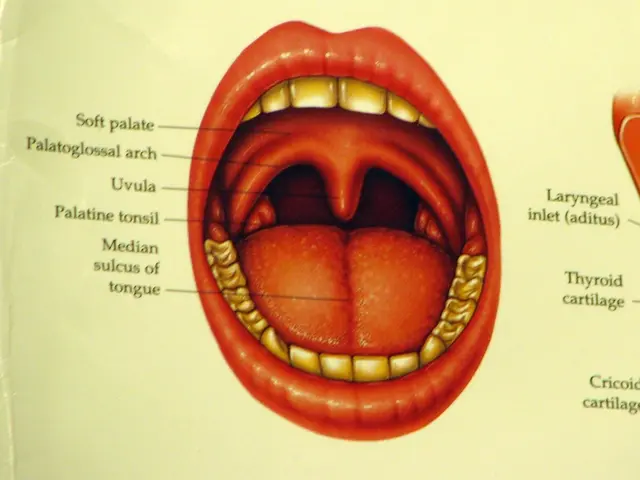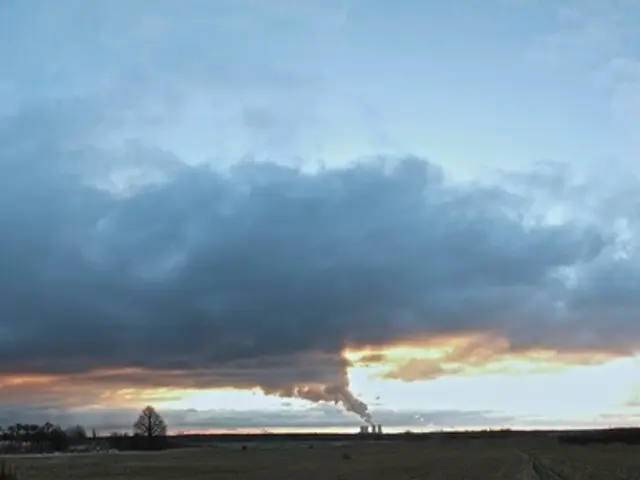Global Soil Biodiversity Monitoring Initiative Established Globally for Preservation of Underground Ecosystems
The Food and Agriculture Organization (FAO) of the United Nations has recently launched the Global Soil Biodiversity Observatory (GLOSOB), an initiative aimed at monitoring, measuring, and protecting soil biodiversity globally.
The Importance of Soil Biodiversity
Soil biodiversity, often overlooked, plays a crucial role in maintaining the health of soil and ecosystems. Organisms living underground, including those in hyper-arid, acidic, or waterlogged farmlands, act as vital genetic reservoirs. They contribute to essential processes such as nutrient cycling, carbon sequestration, and soil structure formation.
The Goals of GLOSOB
GLOSOB's core purpose is to establish standardized, enhanced soil biodiversity indicators focused on essential biodiversity variables (EBVs), encompassing both taxonomic (species-based) and functional (role-based) diversity. The initiative's goals include:
- Developing improved soil biodiversity indicators that track both the diversity of species and their ecological functions crucial for soil health and ecosystem services.
- Serving as a global reference platform to facilitate scientific collaboration and inform environmental policy development.
- Supporting the implementation of the Kunming-Montreal Global Biodiversity Framework (KM-GBF) by enabling systematic assessment and monitoring of soil biodiversity at national and international levels.
- Bridging existing gaps in global research coverage and monitoring, strengthening laboratory and analytical capacities, and expanding monitoring frameworks, especially in underrepresented regions.
The Planned Approach
To achieve these goals, GLOSOB will employ a top-down coordination strategy by working with multiple existing bottom-up networks and initiatives that currently collect soil biodiversity data. This approach will create a harmonized global monitoring system.
Additionally, GLOSOB will develop and adopt standardized monitoring protocols that all countries can implement to generate comparable, reliable data on soil biodiversity. The initiative also plans to integrate soil biodiversity assessments into national soil surveys and conventional soil information systems to embed biodiversity considerations in routine soil monitoring and management.
Investments and Capacity Building
Realizing these goals will require investments in laboratory facilities, training programmes, and standardised monitoring systems. GLOSOB proposes a tiered system, starting from basic chemical and decomposition measurements and gradually moving towards advanced approaches like shotgun metagenomic sequencing.
In conclusion, GLOSOB aims to fill critical knowledge and monitoring gaps for soil biodiversity to better understand, conserve, and sustainably manage the vital life below ground that supports ecosystem functions, food systems, and climate resilience globally. It emphasizes scientific rigor, policy relevance, and global cooperation aligned with major biodiversity frameworks.
- The relevance of soil biodiversity extends beyond agriculture and directly impacts health-and-wellness, climate-change mitigation, and environmental-science by contributing to the maintenance of soil health, nutrient cycling, carbon sequestration, and soil structure formation.
- To ensure the success of GLOSOB, it is essential to invest in laboratory facilities, training programs, and standardized monitoring systems, which will lead to advances in understanding soil biodiversity and its critical roles in various disciplines such as science, health, climate, and the environment.




